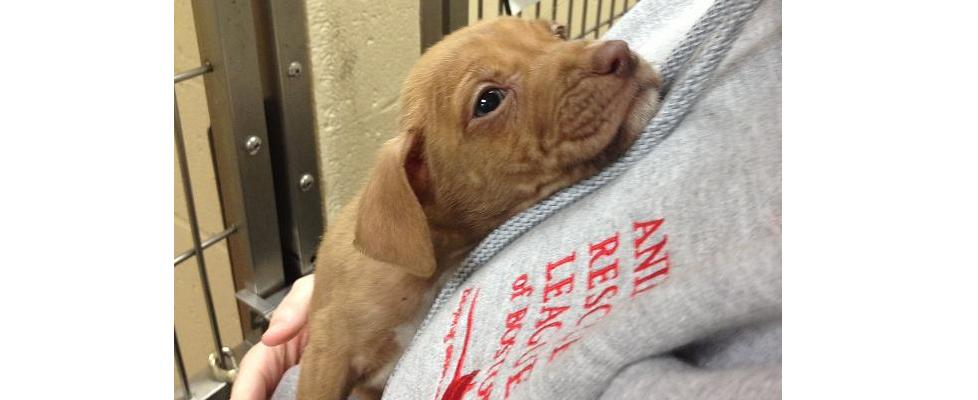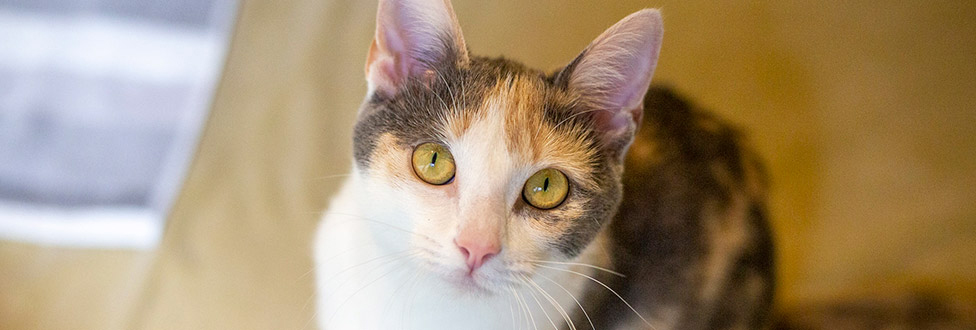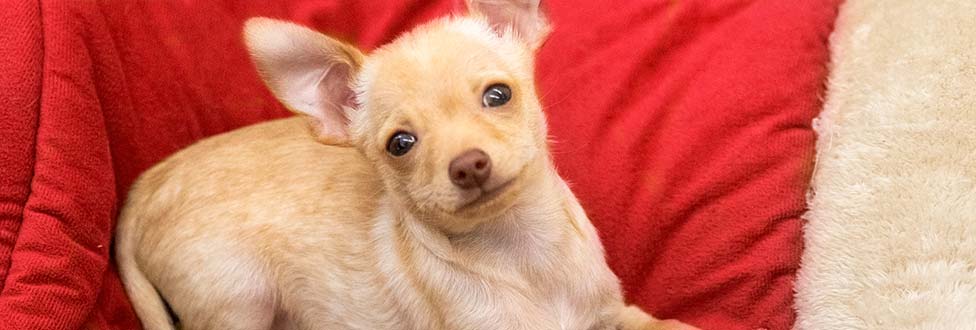Rikki’s Story: Unique Dog Finds Best Friend
Not Every Pet is Perfect, But Every Pet Deserves the Perfect Home!
Several months ago, a little dog named Rikki arrived at our Dedham Adoption Center. Though she had a deformity in her front legs, she certainly didn’t act like she did. She moved and played, and was especially sweet.
And that’s what the family that adopted Rikki saw—an affectionate and playful pup who just thought she was like every other dog.
Here at the Animal Rescue League of Boston we treat every animal as an individual and we believe that every pet deserves a chance to experience love and human companionship. This video of Rikki and her person, Katherine, will inspire you – we can all learn something from this wise little girl!
Share this video with your friends, family, and all of your social networks. Let’s make it go viral! It’s beautifully done and, above all else, a wonderfully happy story!
Please make a donation today to help animals like Rikki find the perfect match all year long.
Thank you to local videographers Twin Lens Media for producing this video of Rikki and Katherine. And thank you t0 Rikki’s family for allowing us to share her story.
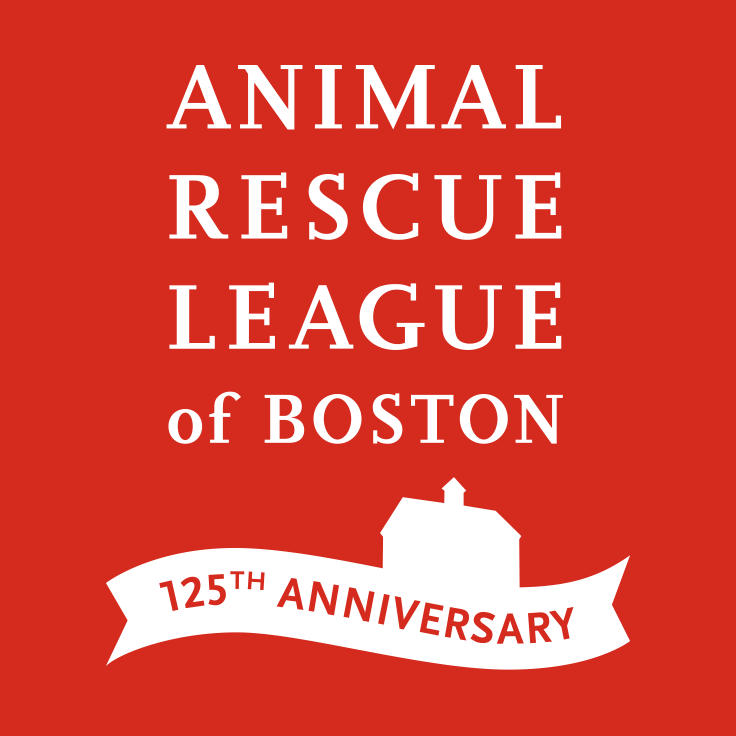
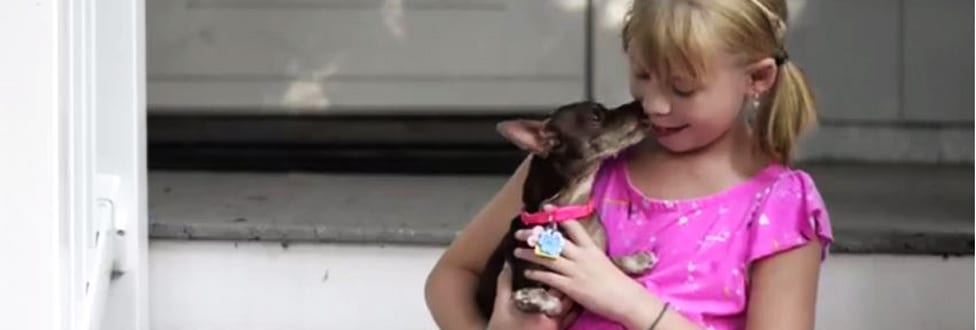
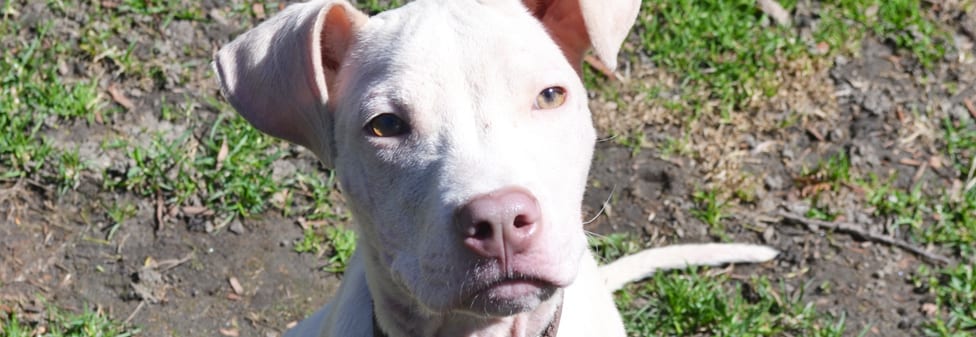


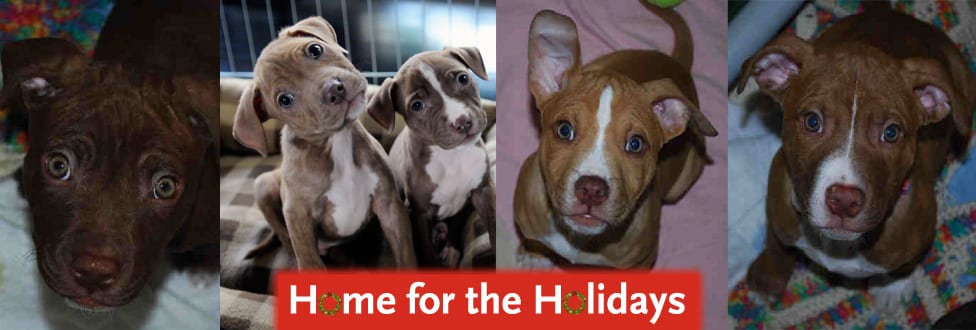




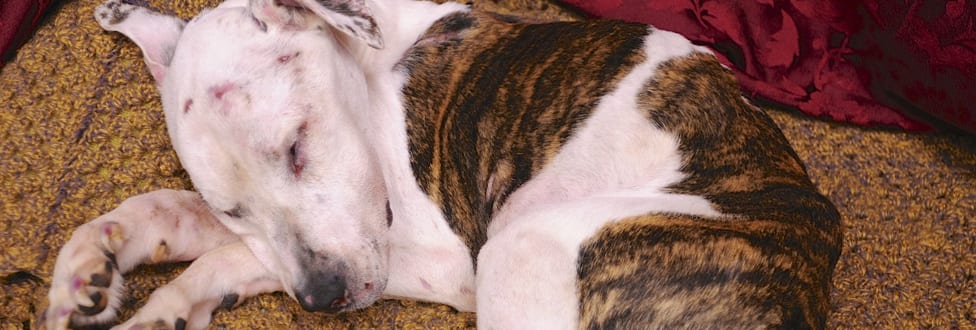

 Please be assured that these three agencies are working in concert to identify and hold accountable the person or persons responsible for the torture of Puppy Doe. It is highly unlikely that this level of sadistic cruelty could be shown to one animal and not be part of a pattern involving other animals or perhaps vulnerable people.
Please be assured that these three agencies are working in concert to identify and hold accountable the person or persons responsible for the torture of Puppy Doe. It is highly unlikely that this level of sadistic cruelty could be shown to one animal and not be part of a pattern involving other animals or perhaps vulnerable people.